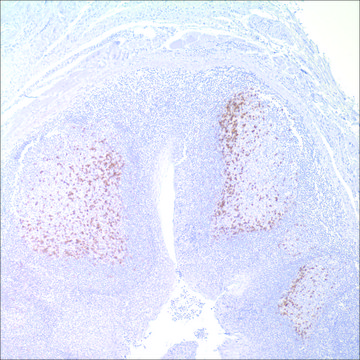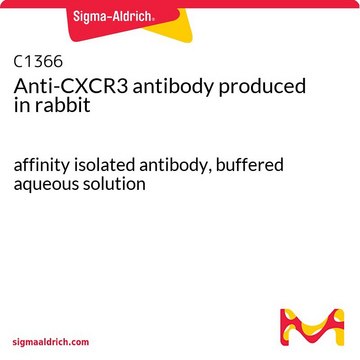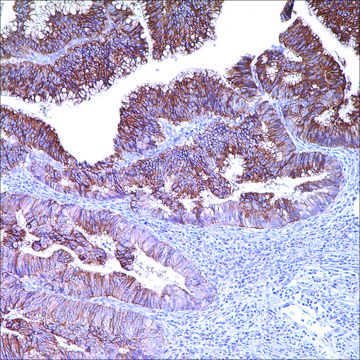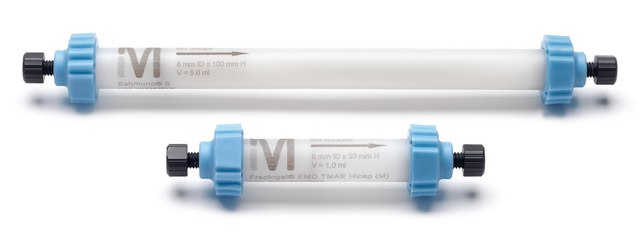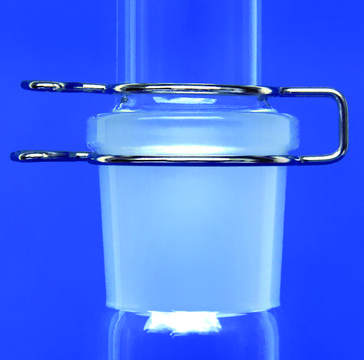D2191
Monoclonal Anti-DC-SIGN1 antibody produced in mouse
clone 120507, purified immunoglobulin, lyophilized powder
Synonym(s):
Anti-CD209, Anti-Dendritic Cell-Specific ICAM-3 Grabbing Non-Integrin
About This Item
Recommended Products
biological source
mouse
Quality Level
conjugate
unconjugated
antibody form
purified immunoglobulin
antibody product type
primary antibodies
clone
120507, monoclonal
form
lyophilized powder
species reactivity
human
technique(s)
flow cytometry: 2.5 μg using 106 cells
immunocytochemistry: 8-25 μg/mL
immunohistochemistry: 8-25 μg/mL using fixed cells and tissue sections
western blot: 1 μg/mL
isotype
IgG2b
UniProt accession no.
storage temp.
−20°C
target post-translational modification
unmodified
Gene Information
human ... CD209(30835)
General description
Specificity
Immunogen
Application
Biochem/physiol Actions
Physical form
Disclaimer
Not finding the right product?
Try our Product Selector Tool.
Storage Class Code
11 - Combustible Solids
WGK
WGK 1
Flash Point(F)
Not applicable
Flash Point(C)
Not applicable
Personal Protective Equipment
Regulatory Information
Choose from one of the most recent versions:
Already Own This Product?
Find documentation for the products that you have recently purchased in the Document Library.
Our team of scientists has experience in all areas of research including Life Science, Material Science, Chemical Synthesis, Chromatography, Analytical and many others.
Contact Technical Service
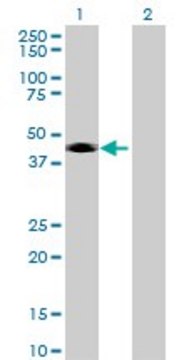
![Monoclonal Anti-DC-SIGN [8B6] antibody produced in mouse affinity purified immunoglobulin (IgG)](/deepweb/assets/sigmaaldrich/product/images/408/054/2fea9b2a-f2f3-4f45-8c12-4b9ba364f5f6/640/2fea9b2a-f2f3-4f45-8c12-4b9ba364f5f6.jpg)
